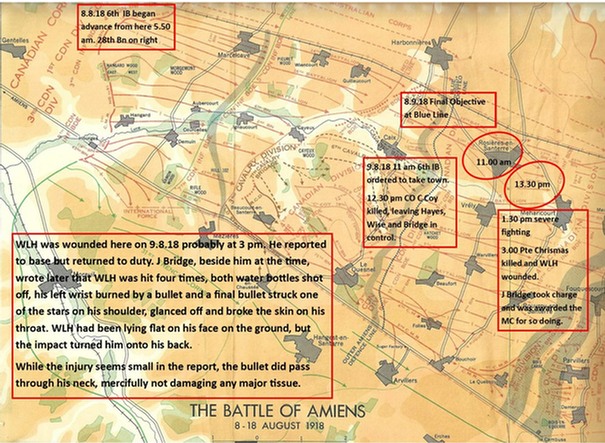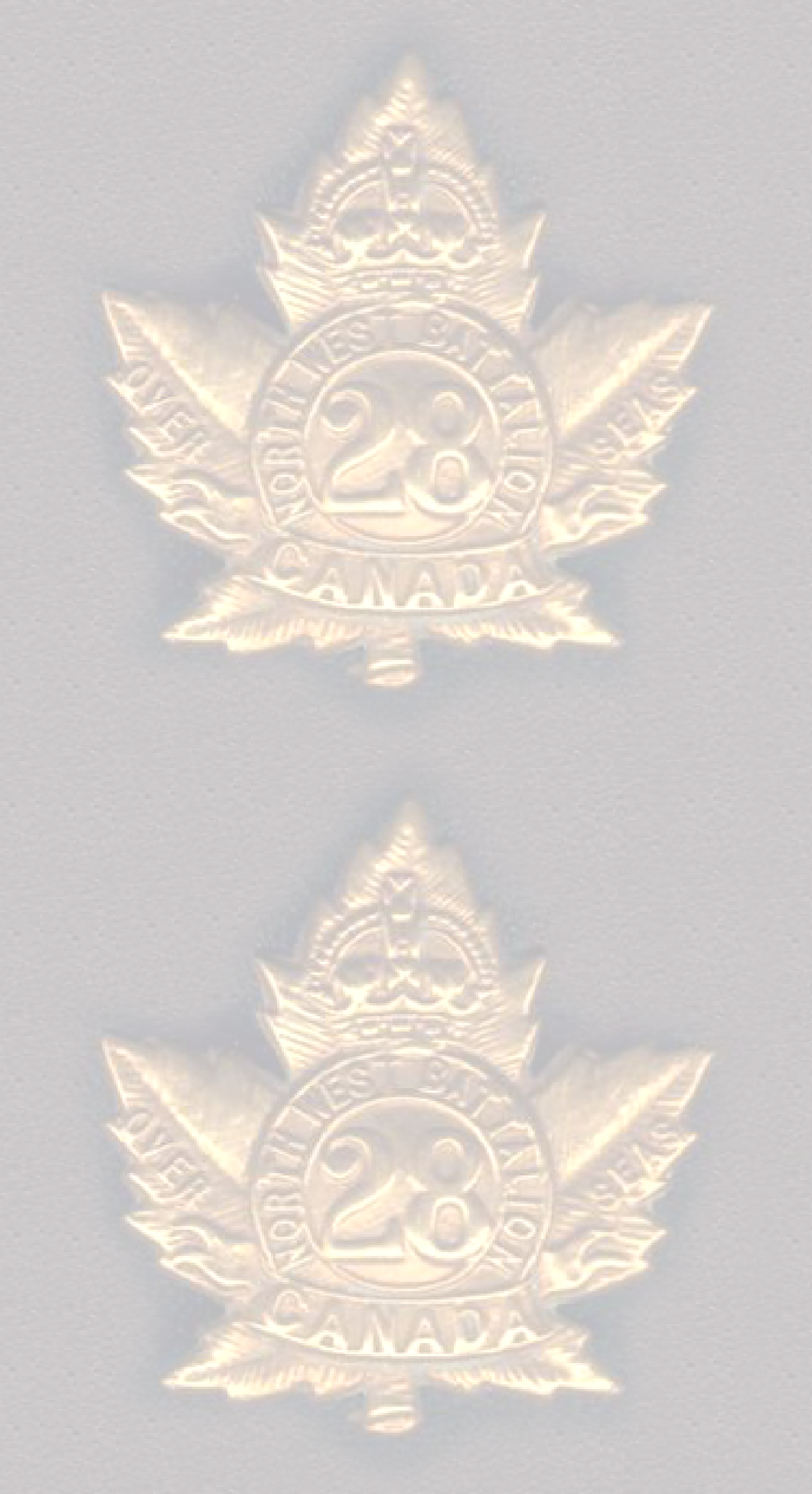
The War Diary of Lieutenant William L Hayes M C
1915—1919
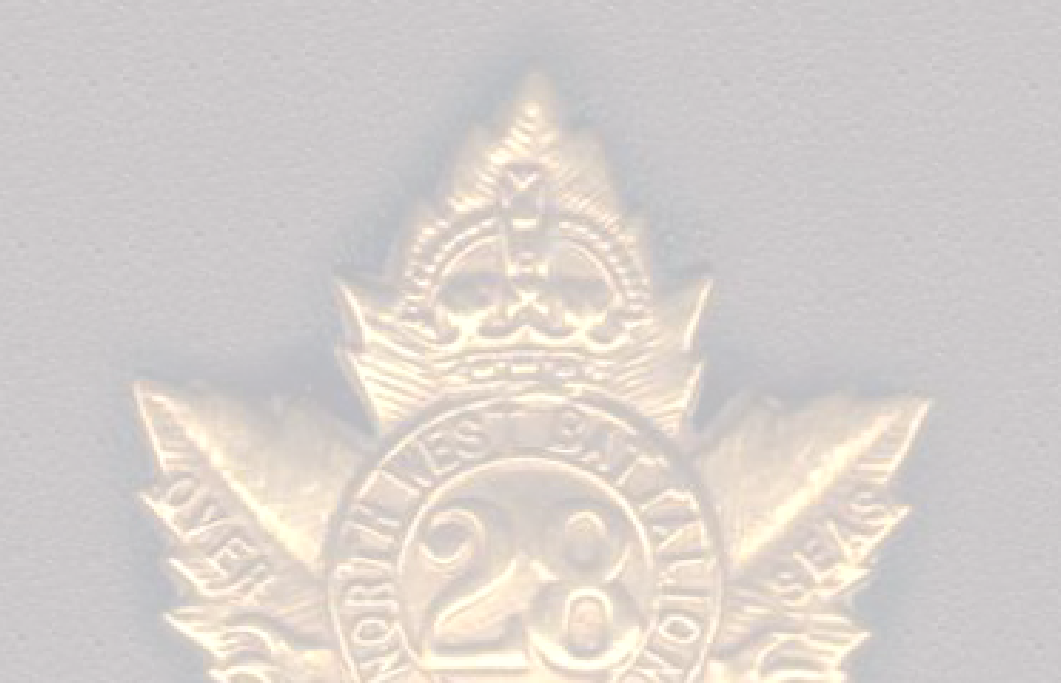
Canada’s Hundred Days—the war from Amiens to Mons
Battle at Amiens
8—11 Aug 1918
6 July 1918 Ambrines (west of Arras) ‘Lieut W L Hayes arrived as Reinforcement this date.’ where the Bn was in reserves. 28th Bn WD
29 July. Orders received for move to Bovelles Area (Somme)
30 July moved to Saisseval west of Amiens on the Somme River. Battalion strength at the end of July was 47 officers and 1011 other ranks.
On 6 Aug WLH was listed as one of three platoon commanders in C Company, as was J B Bridge. It is quite possible that WLH was assigned to this position when he arrived back at the unit in July.
Training during July: Drill, Lewis Gun, Tactical Schemes, Musketry on Range, Bayonet and Assault Practice, route marches, physical training, bombing and rifle grenades, brain stimulating exercises, assault training competitions. For officers, tactical schemes, Field Service Regulations, lessons on recent fighting, anti-
Batmen: Officers in the Canadian Army were assigned a Batman or soldier-
They were usually chosen from the Officer’s Company and followed him into battle situations or reserve positions.
The first batman assigned to WLH was Pte C L Chrismas, MM. He was killed at Amiens on 9 August 1918, probably in the same battle in which WLH was wounded. He is buried in the cemetery at Rozieres en Santerre, near to where he died.
WLH was then assigned a batman known only to the family as Rene. Assuming that he was known by his surname, it is likely that he was Edward Rennie. But just when he was assigned to WLH is not known. He had a dark complexion, was wounded several times and survived the war dying in 1955.
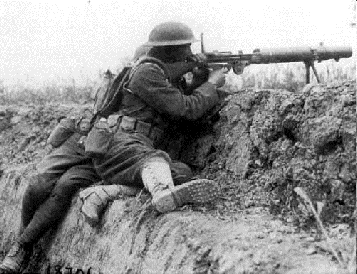
Lewis Gun
Platoon Commander:
Ration Supply. ‘Keep interested, maintain general supervision, first see that the quantity is correct and food is properly prepared. All men proceeding on command should have in their possession the unexpended portion of the days rations plus 24 hours. The Officer in charge of such a party is responsible… He is responsible that Platoons Iron Rations are complete. Complaints about rations must be specific and must be handed into Orderly Room in writing.’(WLH officer training notebook)
Trench Duty: ‘One officer per company and one NCO per platoon will always be on duty. They will remain in the fire trench during their tour of duty. By night the officer and NCO on duty will frequently patrol the trench line, to see that the sentries are alert and to enquire whether they have any information about the enemy to report. … the officer on duty will be responsible for sending in the reports… organising patrols when ordered, preparing guards, checking equipment and ammunition, checking the health of the men and determining if they are fit to stand duty or sending them for attention… ensuring that sanitation is adequate and treated when required… Maintain a log book of trench stores to hand over to the next relief commander… Issuing rum ration… ensuring that all ranks know what to do in the case of bombardment, gas or enemy attack… undertake reconnaissance of any new line or trench before it is used., noting the number of men it can accommodate, shelter, work required, condition of wire and defences, water supply, artillery support, communications, sanitary arrangements. (Trench Orders, booklet.)
Weaponry:
Stoke mortars, designed in 1915 to be a counter weapon to the German minenwerfer mortar. It typically fired a 3.2 in bomb. As the bomb was dropped into the tube a pressure sensitive primer contacted a firing pin to detonate. It required a crew of 2.
Lewis Gun: a Light Machine Gun invented by, but never used by Americans in WW1, licensed to Birmingham Small Arms Company (BSA) the Lewis Gun was available to the British Forces in August 1914. It weighted 28 pounds, with an overall length of 50.5 inches meant it was very portable. It fired 500—600 .303 calibre rounds per minute. Each infantry battalion was issued with four guns by June 1915 with there being 16 per Battalion issued by the time the Army reached the Somme.
Vickers Machine Gun was a medium machine gun, water-
The so called Heavy Machine Guns usually used standard rifle ammunition and were called heavy because of their weight. They were designed to reliably give long range accuracy.
All armies trained their own troops to use captured weapons.
http://laughton.ca/documents/ww1/pub5.pdf
GOOD REFERENCE OF THE BATTLE.
Up to the day of the attack, the issue of secrecy was paramount. The war had now changed to be a much more mobile one, driving into Germany. Men had to be retrained to fight this way and not to rely on trenches for safety or strategy.
This battle used all four divisions of the Canadian Corps. The first objective on the ground for the 6th IB was to free the Amiens-
The 28th Bn spent the night as support. At the end of the first day 16,000 yards (almost 10 miles) had been taken. On the morning of the 9.8.18 the 6th IB attacked Rosieres. Assault launched at 11 am. Bns came under fire on the Santerre Plateau where they faced Maxim Machine Guns. At 12.30 the 31st Bn was held up and the enemy preparing to attack. 28th Bn C Coy sent to assist. CO of C Coy killed.* Fighting heavy and B & C Coy of 28th Bn withdrawn east of Rosieres.
(9.8.18 WLH wounded but remained at duty. Pte Chrismas (his batman) killed at 3 pm, possibly in the same attack.)
10.8.18 4th Div passed through 2nd Div and 28th Bn remained in overnight position.
10/11.8.18 28th Bn ordered to consolidate existing defences and defend the town of Rosieres
11/12.8.18 28th Bn moved to Reserve in the CAIX trenches
11-
16/17.8.18 to Marcelcave and then on to Arras
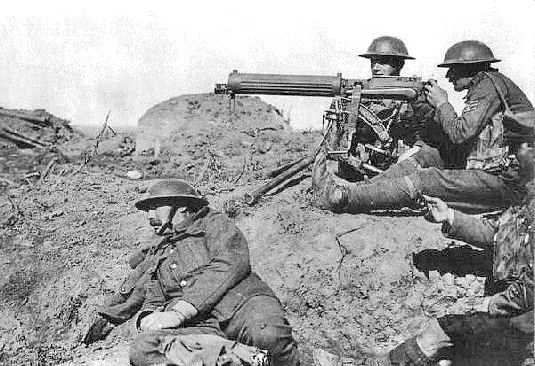
Vickers Machine Gun.
* Lieut J B Bridge awarded Military Cross ‘… for conspicuous gallantry and initiative. His Company Commander having been killed, he assumed command and realising that the attack would be held up unless the right flank was made good, he led a platoon forward from his support company and successfully cleared up the situation. He did fine work.’
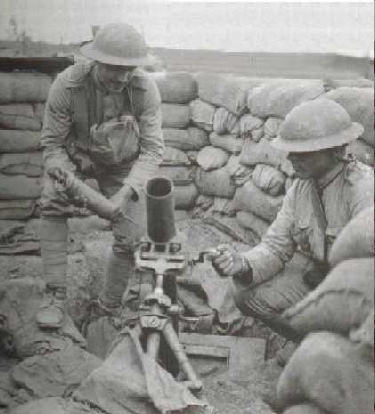
Stokes Mortar
This Battle had been a French British attack involving armies from Canada and Australia. By the beginning of 9 August, over 13,000 prisoners including a general and army corp staff and 300 German guns had been captured.
https://www.gutenberg.org/files/53762/53762-
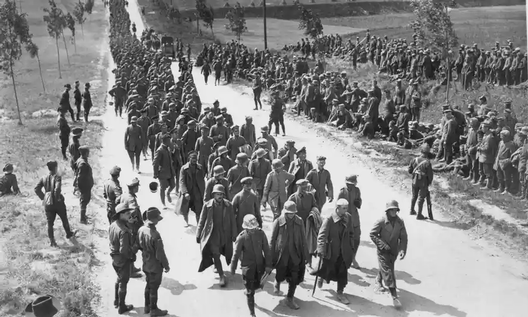
https://www.theguardian.com/world/from-
